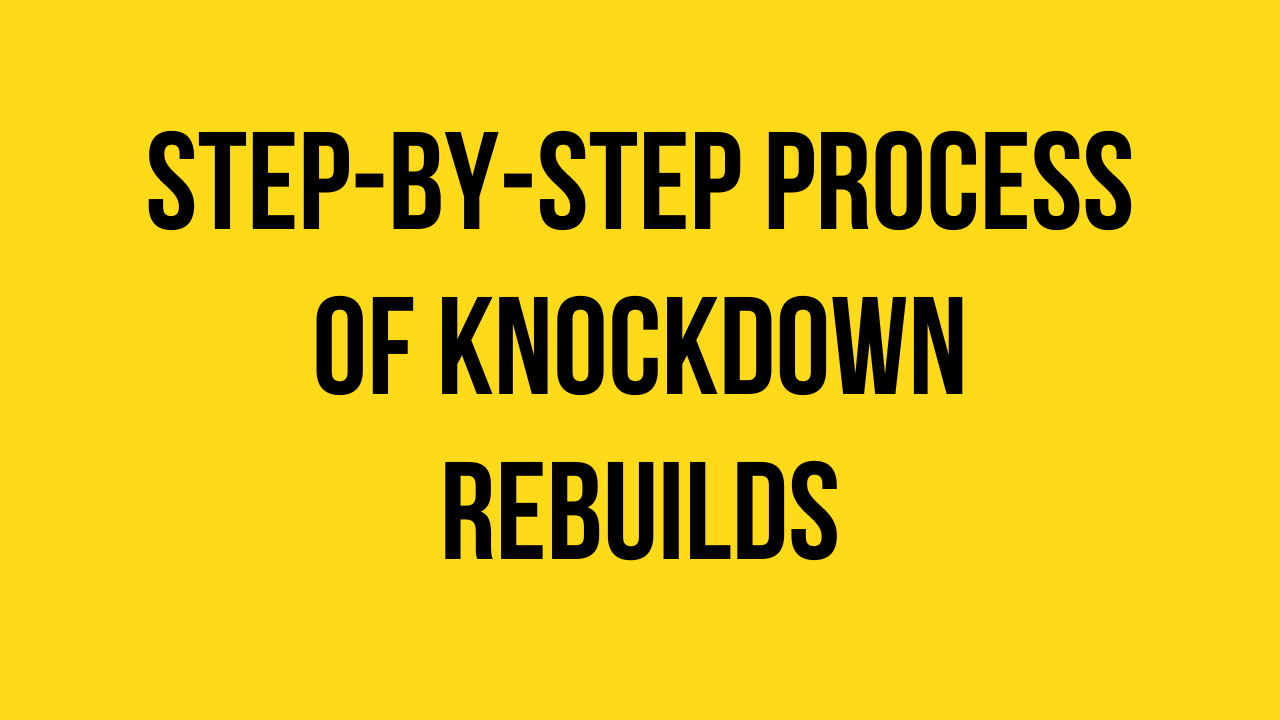Taking care of a family member with a severe disability is possible when your home has all the accessibility features. But not every home is designed to meet the needs of people with disabilities.
Rather than making endless renovations that can be expensive, knocking down your current home and rebuilding it from scratch from Aeon SDA home builder is more cost-effective. You can have custom and accessible home features that meet the disability and overall needs of the family.
That is why, this blog will guide you through the step-by-step process of what is included in the knockdown rebuilds and how to make your investment successful.
Step 1: Initial Consultation and Planning
In the initial stage, as soon as you find a local SDA builder, you must first consult your home requirements specific to your type of disability. This involves the following:
- Goals and needs you have in mind.
- Type of features you need to access your new home, whether it is making a home wheelchair-accessible, safe for people with extreme sensitivities, or adaptable with assistive technology.
- Budget and the available NDIS funding.
- Total time to complete the knockdown and rebuild of SDA home.
- Prior permissions for demolition, building, and compliance approvals.
It is advisable to always choose a SDA home builder who complies with SDA (Specialist Disability Accommodation) regulations.
Step 2: Site Inspection
In the next step of the knockdown and rebuild process, your builder along with their team of architects will arrive at your home. They will check if your home is suitable for demolition and flexible for new construction. Here are some considerations that determine if your house is fit for knockdown and rebuild.
- If your home’s layout is safe for demolition.
- If your site has challenges like decreased soil quality, nearby utilities, or uneven land problems that can affect construction.
- If your home requires permissions for local zoning laws and property boundaries.
An SDA home builder ensures that the journey of new home construction is without any legal or logistical issues.
Step 3: Design and Customisation
During this part of the construction process, you will work closely with your builder and architect to create a floor plan. Here are some considerations that you must remember to make your new SDA home right for your needs and adhere to NDIS standards.
- Ensure your home is accessible for wheelchair users with features like wide doorways, hallways, and ramps.
- Keep the bathroom and kitchen of the new home accessible grab steel bars and adjustable sinks.
- Take advantage of smart home technologies like automated lighting, doors, and climate control.
- Enhance the home’s safety features with alarm systems, fire systems, and emergency exits when you are living alone.
During this phase of the construction, your SDA home builder will also select materials, finishes, and textures to complement your house design. Don’t forget to review and approve the final design of the floor plan before proceeding with permissions and construction.
Step 4: Demolition of Existing Structure
Once permits are in place, the builder takes down the entire building safely while adhering to all the regulations. During this process, you can expect your builder to:
- Disconnect every utility like gas, water, and electricity.
- Take down the current home building with a heavy machine.
- Remove the debris to clear the land for new construction.
Demolition of an entire building is generally a quick, safe, and cost-effective process where an SDA home builder manages the entire process.
Step 5: Construction of New SDA Home
This is the stage where your physical presence and final decisions during the initial consultation process turn into a reality. You can expect the following steps in this stage:
- Foundation laying and site preparation.
- Framing and Structural Work.
- Plumbing, Electrical and Smart Home Installations.
- Finishing the home with appropriate flooring, cabinetry, and fixtures.
Before you move in, it is important to walk through the entire home to see if it matches your disability needs. Post then, you’ll receive keys with all the proper documents, including warranties and certificates. A good SDA home builder doesn’t just leave after handing over the keys, he will ensure that your home remains functional for evolving needs as well.
Final Words
We hope you found this blog useful. Coming to an end, it is clear that knocking down and rebuilding your existing home to make it safe and accessible for SDA home occupants is a multi-step process.
We have covered everything you need to know about knockdown rebuild for the SDA home needs of NDIS participants. From initial consultation, site inspection, design and customisation to demolition of existing structures, and construction of new SDA homes, the process of knockdown rebuilds is pretty straightforward.
It is only about finding a reliable and professional SDA home builder who customises each part of the construction as per your comfort, suitability, and NDIS standards.






